What do you know about how things fall? How can we use our understanding of mass and gravity to build something that will fall slowly to the ground? What does our knowledge of physics principles show us about God? These are some questions that I posed to my students. In preparation for an upcoming unit covering forces and motion, I challenged my students to provide evidence that an object’s motion depends on the sum of forces acting on the object.
After a brief discussion, and with simple supplies set around the classroom, my students went to work designing parachutes. There was an excited expectation in the air as students were working in small groups, collaborating, building, making observations, and testing the rate of fall of their simple parachutes. This is the 5E Instructional Model at work.
What Is the 5E Instructional Model?
Developed by the Biological Sciences Curriculum Study (BSCS), the 5E Model is a template, framework, and pattern for planning units. While the model has been in existence since 1987, it recently gained renewed traction after the introduction of the Next Generation Science Standards (NGSS) in 2013. According to co-creator Rodger W. Bybee, the 5E Model is intended to be used in a unit of two to three weeks in which each phase is the basis for one or more distinct lessons that facilitate the implementation of the NGSS learning outcomes and performance expectations. To the Christian school teacher, this model allows students to learn about God’s creation in community and through tactile, immersive experiences.
The 5E Instructional Model has improved the quality of my teaching and student learning in the science classroom by allowing me to create a learning environment that mirrors the way students learn. It has also increased literacy skills while providing space for students to wonder, marvel, and explore the tiny intricacies of God’s creation through the science concepts taught.
All phases of this 5E approach include five words that each begins with the letter E: Engage, Explore, Explain, Extend, and Evaluate.
Engage
The goal of the engage stage is to pique student interest, uncover prior knowledge, generate curiosity, and build a community of learners eager to discover more about the interrelated patterns God imbedded in his creation. For the introduction of a new force and motion unit, I helped my students uncover prior knowledge, generated curiosity, and created a desire to learn more about the topic by posing the question: How are motion and friction a gift from God? Imagine life on Earth without gravity? Video clips of parachutes that were used by the military, NASA, and skydivers followed our lively class discussion. Students were asked to describe observed forces, similarities, differences, and function of parachutes and list all the ways motion and forces are gifts from God. Also, a formative assessment probe called “Why things Fall” was given to reveal ideas students have about mass, motion, and force. These activities allowed me to understand students’ preexisting ideas and misconceptions so I could target my lesson objectives to meet the needs of the students better. In other units, I have used practices such as discrepant events, KWL charts (know, wonder, and learned), demonstrations, and “messing about” activities.
Explore
In the Explore stage, no new content and vocabulary are taught to students. Instead, the teacher is the facilitator and coach who asks questions, prompts students to think about the connection of faith and learning, observes, and provides students with hands-on, cooperative, and inquiry-based learning activities. For a Motion and Mass investigation, I had students work with a partner to form a hypothesis that answered the question: How does mass affect the speed of a falling object? Next, I gave students coffee filters, string, and paper clips, and students were asked to design an investigation that would test their hypothesis. Data was collected, and evidence-based claims were made to connect their observations to the concepts of mass and motion. The Explore phase creates an atmosphere that empowers students to take a driving role in their learning. Without direct instruction from me—their teacher—my students were able to draw on prior knowledge and the investigation observations to explain the relationship between mass, motion, and God’s provision and orderly design.
Explain
The Explain stage creates space for the student to share what they have learned, make deeper connections to God’s story, and for the teacher to introduce new science content. For the first part of the Explain phase, my students created posters that presented their investigation observations, quantitative data, and claim statement. They were asked to explain their observations and findings in their own words while their peers practiced listening and responding with respect and grace. In the second part of this phase, I provided direct instruction, defined vocabulary, made biblical application, and explained new unit concepts. These two phases work together to fill in knowledge gaps, create an opportunity for deeper biblical connections, and solidify the lesson objectives. Students were able to learn new scientific vocabulary, clarify their misconceptions, express their “wonderings,” and connect their investigation observations to new science concepts.
Extend/Elaborate
In this phase, students are encouraged to apply the concepts and content learned to new or unfamiliar situations. The BSCS 5E Model describes the Extend/Elaborate phase as the ability of a student to apply unit concepts to knowledge and new situations. This step can take the form of presentations, projects, engineering design challenges, and reflective writing. In my classroom, students were given a choice to create their own investigations to test the impact of forces on the rate of fall of a parachute. We also discussed that God gave us the ability to enjoy, as well as serve others. Students were asked: How can your experiment results help others to be creation enjoyers as well as servant workers? How can your investigation discovery make a difference in the life of others?
Students investigated questions, including: How does mass affect parachute accuracy? How does surface area affect the rate of fall? The students applied their new content knowledge by describing observations, recording data, and making evidence-based claims for their investigations. Allowing students to present and defend their findings to an authentic audience is a critical component of the Extend/Elaborate phase. My student researchers explained their investigation results to each other and a visiting class of younger students. Investigation teams received feedback, answered questions, elaborated, and applied scientific principles. The most meaningful parts of this phase were to see student ownership of learning, moments of grace as students asked questions, application of discovery to serving others, and discussions that point to God’s abundant care and purposeful design for all parts of his creation.
Evaluate
It is crucial for students to evaluate their learning and for the teacher to use summative and formative assessments to determine student knowledge and skills. An assessment provides an opportunity to celebrate growth and student learning. It is also a time to assist and encourage the student struggling to understand new concepts. In my classroom, students demonstrate their learning through journal writing, discussions, drawings, models, portfolios, presentations, investigations, teacher observations, demonstrations, and summative assessment. Providing narrative feedback and opportunities for varied forms of evaluation allows the student to show what they know in the way that honors their unique God-given learning style.
The 5E Instructional Model transformed and shaped the way I designed science classroom instruction practices and experience for my students. This flexible framework places student-focused inquiry before the teacher-directed instruction. These student-centered best practices simultaneously incorporate the NGSS crosscutting concepts, disciplinary core ideas, science, and engineering practices. The 5E Model created a classroom atmosphere of discovery that invited questions, encouraged independent thinking, honored the vital work that is done in groups, and guided students to understand and celebrate the order and design God placed in his creation.
References
Roger Bybee, The BSCS 5E Instructional Model: Creating Teachable Moments. (Arlington, VA: NSTA Press, 2015)
Roger Bybee, “The BSCS 5E instructional model: Personal reflections and contemporary implications.” Science and Children, 52, no 8 (2014): 10–13.
Kathleen Creghan, “Assessing for Achievement.” Science and Children, 51, no 3, p.29–35.
Paige Keeley and Rand Harrington, Uncovering Student Ideas in Physical Science, Volume 1: 45 New Force and Motion Assessment Probes. (Arlington, VA: NSTA Press, 2010). 115–118.
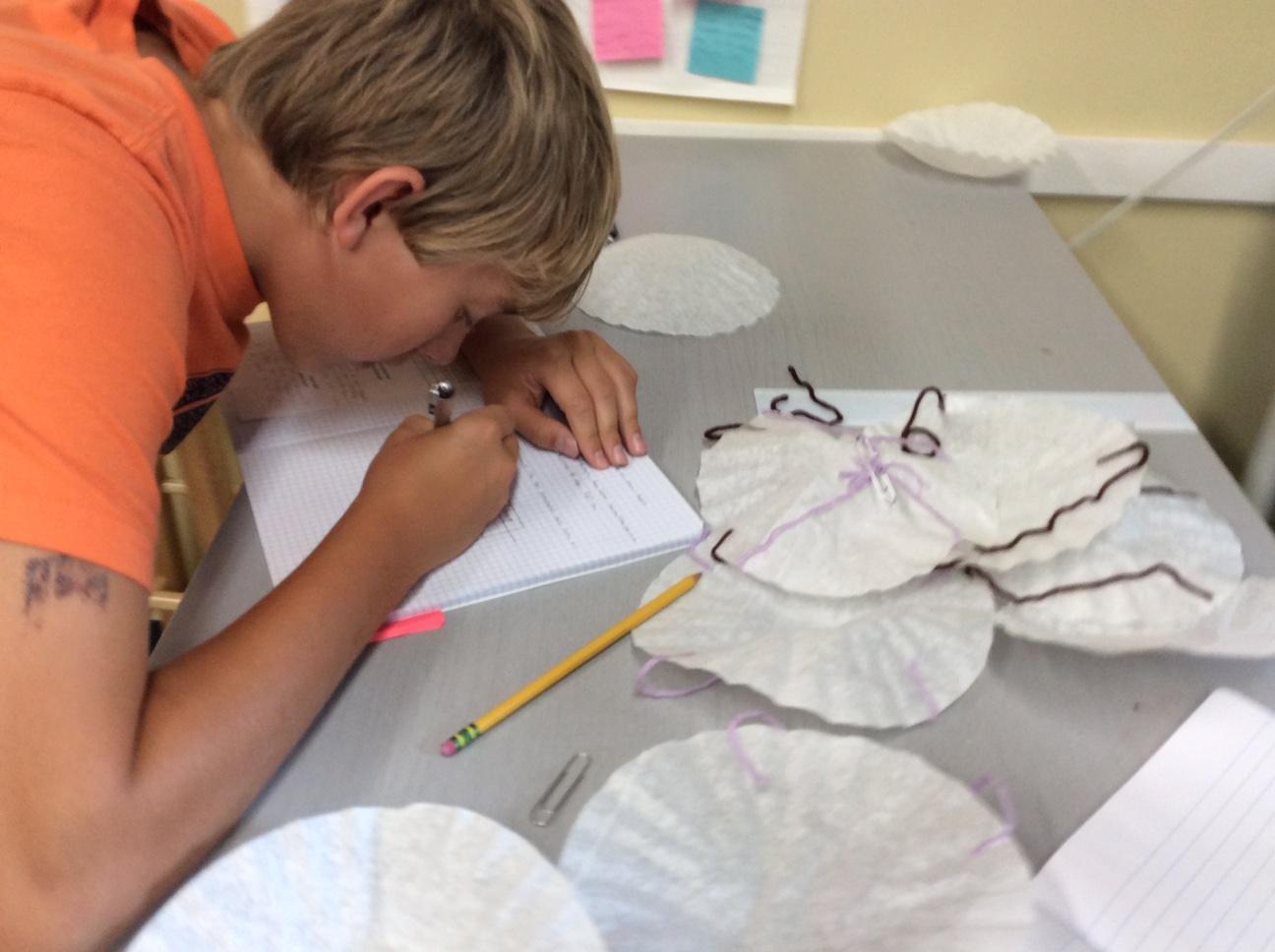
The 5E model promotes student engagement and exploration through investigation, student choice, and reflection.
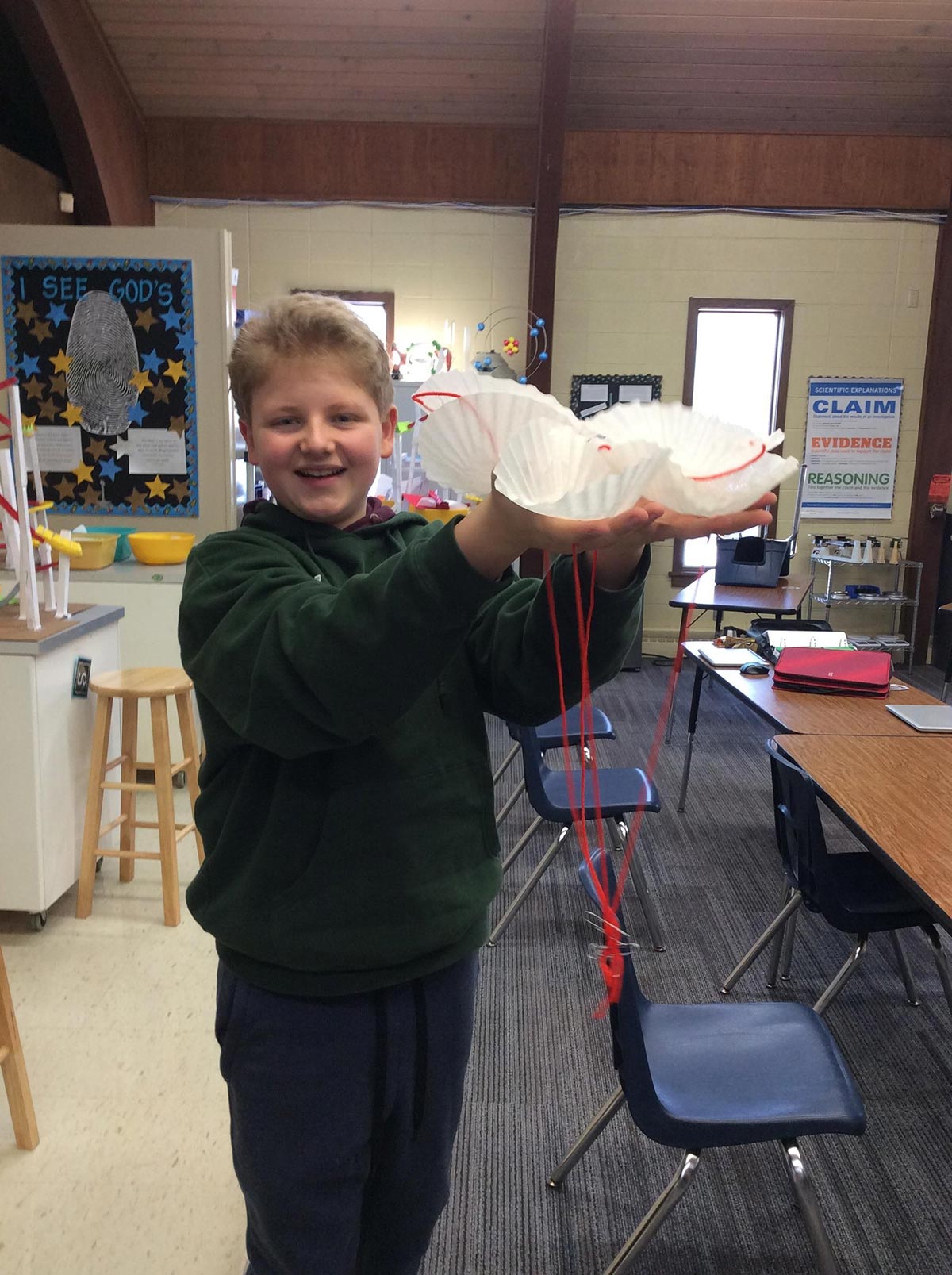
Hands-on inquiry is central to the 5E instructional model.
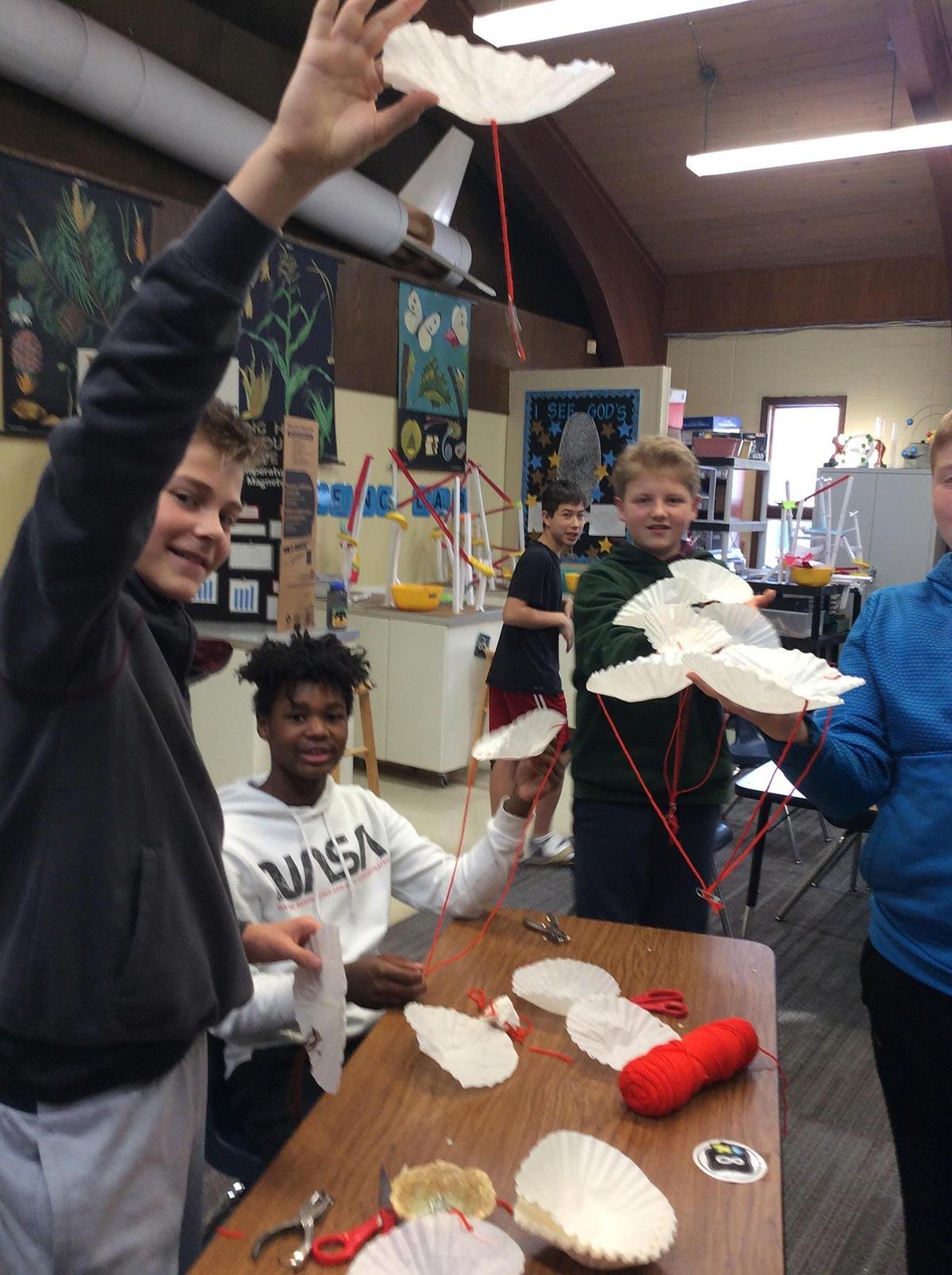
Exploration encourages new learning and cooperative experiences.
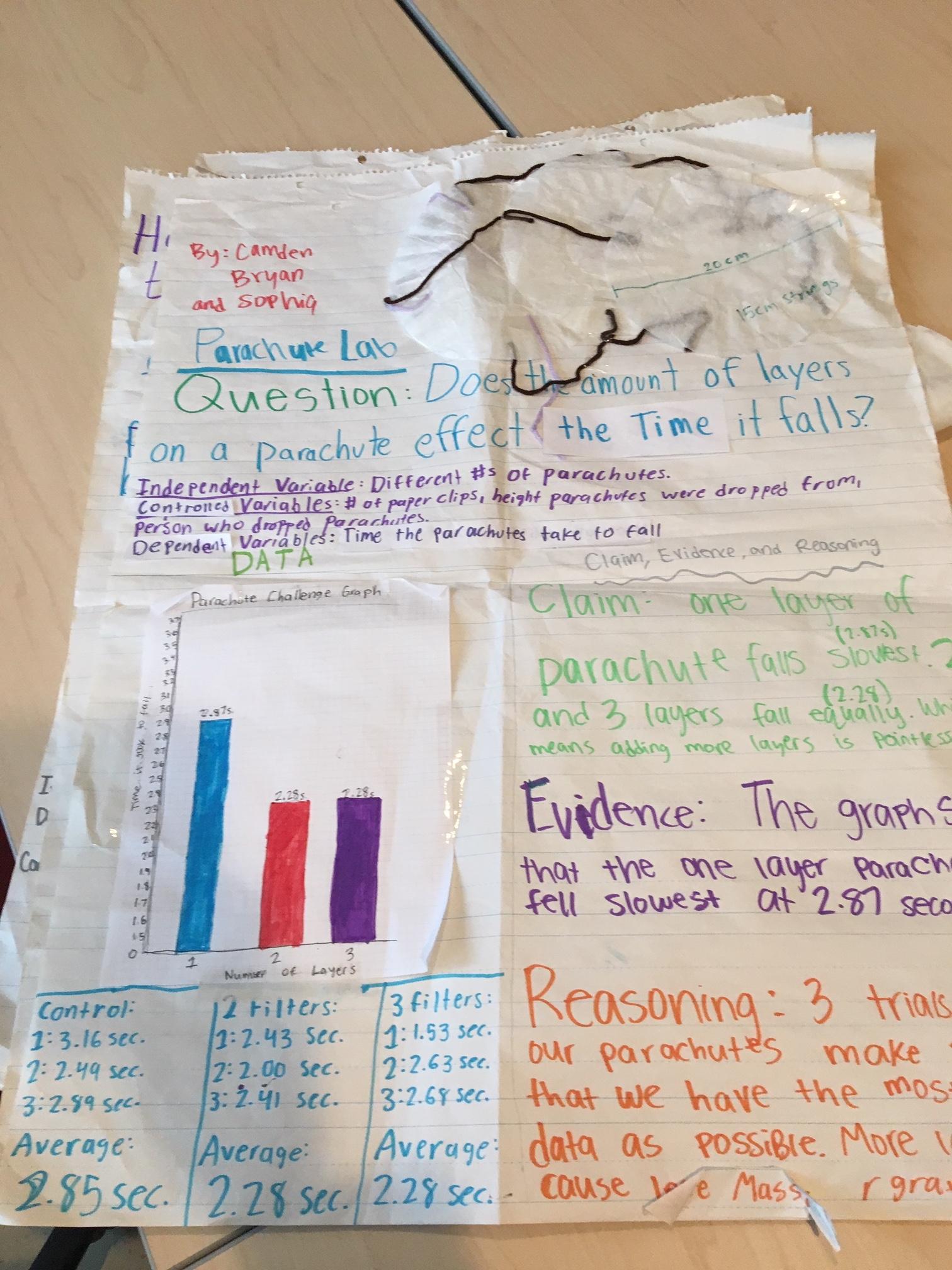
Providing an opportunity for students to present and defend their findings to an authentic audience is a critical component of Extend/Elaborate phase.
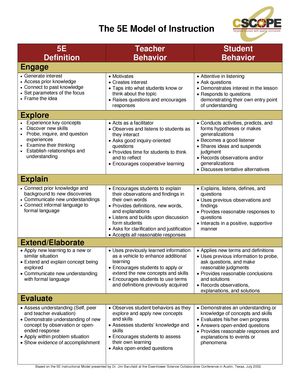
5E Instructional Model Chart
A one-page summary of the 5E Instructional Model